Full Name Amalia Putti Years active 1918–1929 Role Film actress | Occupation Actress Name Lya Putti | |
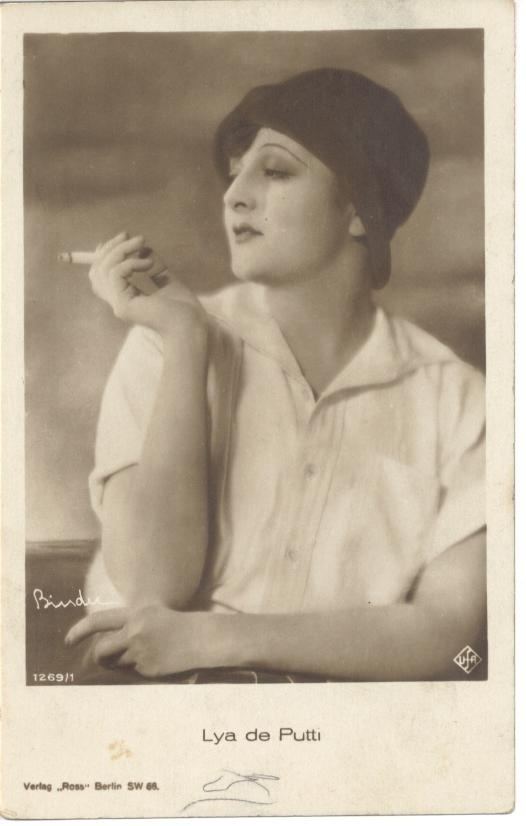 | ||
Died November 27, 1931, New York City, New York, United States Spouse Louis Jahnke (m. 1922–1931), Zoltan Szepessy (m. 1913–1918), Ludwig Christensen (m. ?–1922) Children Ilona Szepessy, Judith Szepessy Parents Julius de Putti, Maria Katarina Hoyos Movies Jealousy, The Sorrows of Satan, Phantom, The Burning Soil, The Informer Similar People E A Dupont, Herbert Brenon, Erich Pommer, Alan Crosland, F W Murnau | ||
Movie legends lya de putti
Lya de Putti (January 10, 1897 – November 27, 1931) was a Hungarian film actress of the silent era, noted for her portrayal of vamp characters.
Contents
- Movie legends lya de putti
- Lya de Putti Hairstyle
- Early life and career
- Private life
- Return to Broadway
- Death
- Lya De Putti in popular culture
- Short Subjects
- Documentaries
- Filmography
- References

Lya de Putti Hairstyle
Early life and career
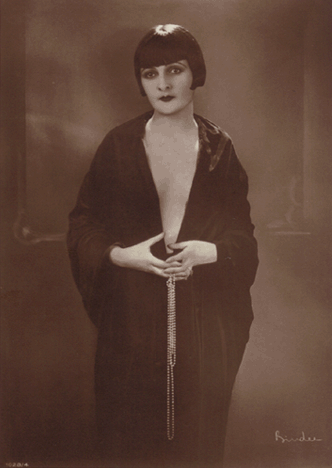
Born as Amalia Putti (Hungarian: Putti Amalia) in Vecse, Austria-Hungary (today Vojcice, Slovakia), she was one of the four children of Gyula Putti (Hungarian: Putti Gyula), a cavalry officer, and his wife, the former Maria Holyos (Hungarian: Holyos Maria). She had two brothers, Geza and Sandor, the latter served as a first lieutenant in the Austro-Hungarian army, and a sister, Maria.
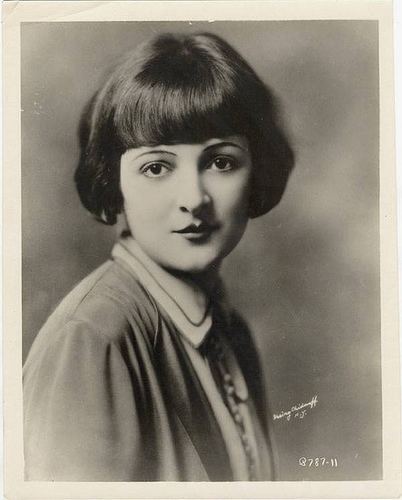
She began her stage career on the Hungarian Vaudeville circuit. She soon progressed to Berlin, where after performing in the ballet, she made her screen debut in 1918. She became the premiere danseuse at the Berlin Winter Garden in 1924.
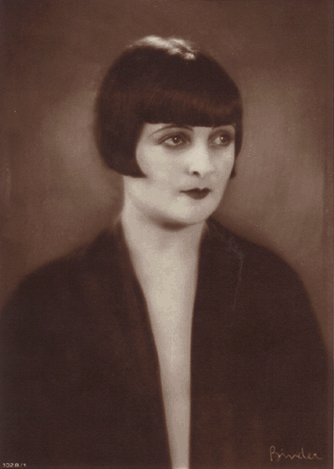
Around that time German film director Joe May noticed her and cast her in her first important film, The Mistress of the World (1919). She followed this success with noteworthy performances in Manon Lescaut and Variete (1925). The latter featured her opposite Emil Jannings and directed by E. A. Dupont. Both films are UFA productions. While in Germany, de Putti starred with such actors as Conrad Veidt, Alfred Abel, Werner Krauss, Grete Mosheim, and Lil Dagover and was filmed by directors F. W. Murnau and Fritz Lang.
De Putti came to America in February 1926. At the time she told reporters she was twenty-two years old but her ocean liner's records list her as having been twenty-six. De Putti was generally cast as a vamp character, and often wore her dark hair short, in a style similar to that of Louise Brooks or Colleen Moore. De Putti starred in D. W. Griffith's The Sorrows of Satan (1926). The film was released in two versions, one in America and the other in Europe. In the American version one scene had de Putti fully dressed whereas the same scene in the European release had de Putti topless.
Private life
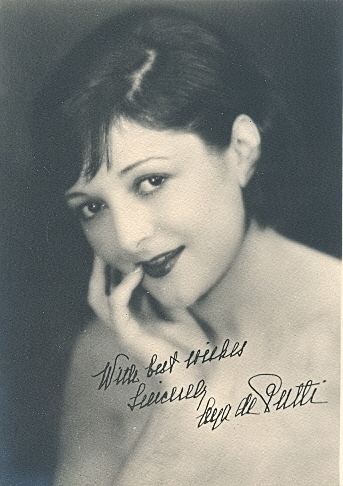
De Putti was once rumored to be engaged to Count Ludwig von Salm-Hoogstraeten, a former husband of the American oil heiress Millicent Rogers. She denied the engagement. In 1913, she married Zoltan Szepessy, a county magistrate. They divorced in 1918. The couple had two daughters, Ilona (b. 1914) and Judith (b. 1916).
Return to Broadway
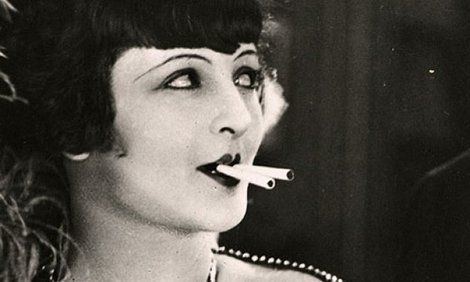
The following year, de Putti went to Hollywood but found little success there, inhibited by her foreign accent. Despite working with such distinguished actors as Adolphe Menjou and Zasu Pitts, she failed to make it big and left the screen by 1929 to attempt to restart her career on Broadway.
Later she went to England to make silent movies and studied the English language. She then returned to America to attempt talkies.
Hospitalized to have a chicken bone removed from her throat, de Putti contracted a throat infection. She was taken to the Harbor Sanitarium, then located at 667 Madison Avenue where she reportedly behaved irrationally and eluded her nurses. Eventually she was found in a corridor. She developed pleurisy in her right side, followed by pneumonia in both lungs.
Death
She died in 1931, aged 34, at the Harbor Sanitorium, leaving just £800 (UK equivalent at the time) and a few bits of jewellery. Four years earlier, £800 was her weekly wage. She is interred in the Ferncliff Cemetery in Hartsdale, New York.
Lya De Putti in popular culture
Features:
